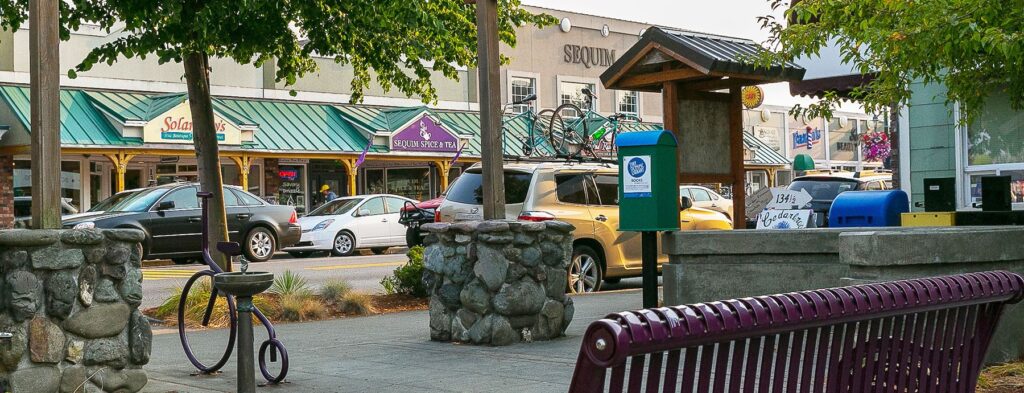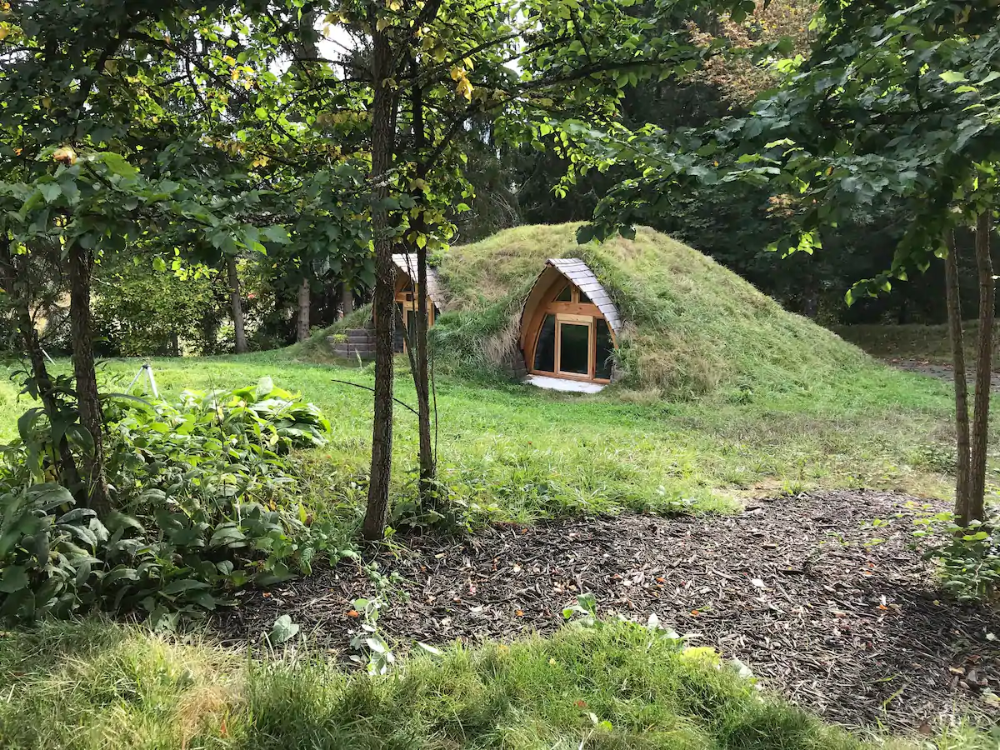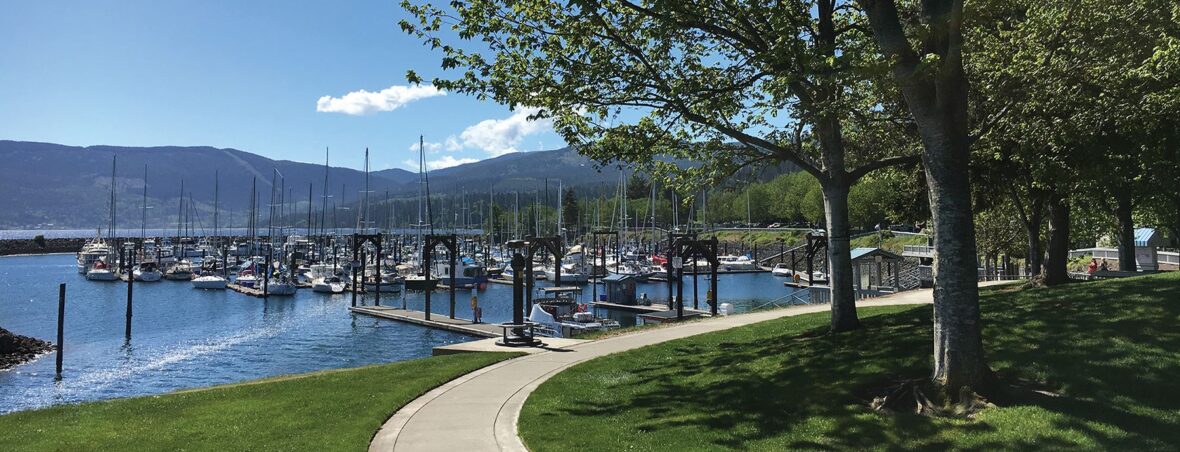Sequim is a city in Clallam County, Washington, United States. It is located along the Dungeness River near the base of the Olympic Mountains. The 2010 census counted a population of 6,606. Take a look below for 25 amazing and fun facts about Sequim, Washington, United States.
1. Sequim lies within the rain shadow of the Olympic Mountains and receives on average less than 16 inches (410 mm) of rain per year – about the same as Los Angeles, California – leading it to give itself the nickname of Sunny Sequim.
2. However, the city is relatively close to some of the wettest temperate rainforests of the contiguous United States.
3. This climate anomaly is sometimes called the “Blue Hole of Sequim”.
4. Fogs and cool breezes from the Juan de Fuca Strait make Sequim’s climate more humid than would be expected from the low average annual precipitation.
5. Some places have surprisingly luxuriant forests dominated by Douglas-fir and western red cedar. Black cottonwood, red alder, bigleaf maple, Pacific madrone, lodgepole pine, and Garry oak can also be large.
6. Historically, much of the area was an open oak-studded prairie supported by somewhat excessively drained gravelly sandy loam soil, though agriculture and development of the Dungeness valley have changed this ecosystem.
7. Most soils under Sequim have been placed in a series that is named after the city.
8. This “Sequim series” is one of the few Mollisols in western Washington and its high base saturation, a characteristic of the Mollisol order, is attributed to the minimal leaching of bases caused by low annual rainfall.
9. The city and the surrounding area are particularly known for the commercial cultivation of lavender, supported by the unique climate.
10. It makes Sequim the “Lavender Capital of North America”, rivaled only in France. The area is also known for its Dungeness crab.

11. Sequim is pronounced as one syllable, with the e elided: “skwim”. The name developed from the Klallam language.
12. Fossils discovered in the late 1970s at a dig near Sequim – by Carl Gustafson, an archaeologist at Washington State University – known as the Manis Mastodon Site included a mastodon bone with an embedded bone point, evidencing the presence of hunters in the area about 14,000 years ago.
13. According to Michael R. Waters, an archaeologist at Texas A&M University, this is the first hunting weapon found that dates to the pre-Clovis period.
14. The S’Klallam tribe had inhabited the region prior to the arrival of the first Europeans. S’Klallam means “the strong people”.
15. The band of S’Klallam Indians disbanded into their own individual federally recognized tribes in the early 1900s.
16. The local tribe is the Jamestown S’Klallam tribe, named after one of their early leaders, Lord James Balch.
17. According to other tales, the town Sequim in S’Klallam means “a place for going to shoot”, which represents the abundance of game and wildlife of the area.
18. Manuel Quimper and George Vancouver explored the region’s coast in the 1790s.
19. The first European settlers arrived in the Dungeness Valley in the 1850s, settling nearby Dungeness, Washington.
20. While the lands along the river became fertile farmlands, the remainder of the area remained arid prairie, known as “the desert”.

21. Irrigation canals first brought water to the prairie in the 1890s, allowing the expansion of farmlands.
22. Sequim was officially incorporated on October 31, 1913.
23. For many decades small farms, mostly dairy farms, dotted the area around the small town.
24. Near the end of World War I, Sequim became a stop for a railway that passed through from Port Angeles to Port Townsend, built primarily to carry wood products from the forests of the western Olympic Peninsula.
25. In August 2020, the mayor of Sequim, William Armacost, expressed his support for the QAnon far-right conspiracy theory by stating that “QAnon is a truth movement that encourages you to think for yourself. If you remove Q from that equation, it’s patriots from all over the world fighting for humanity, truth, freedom and saving children and others from human trafficking.”




